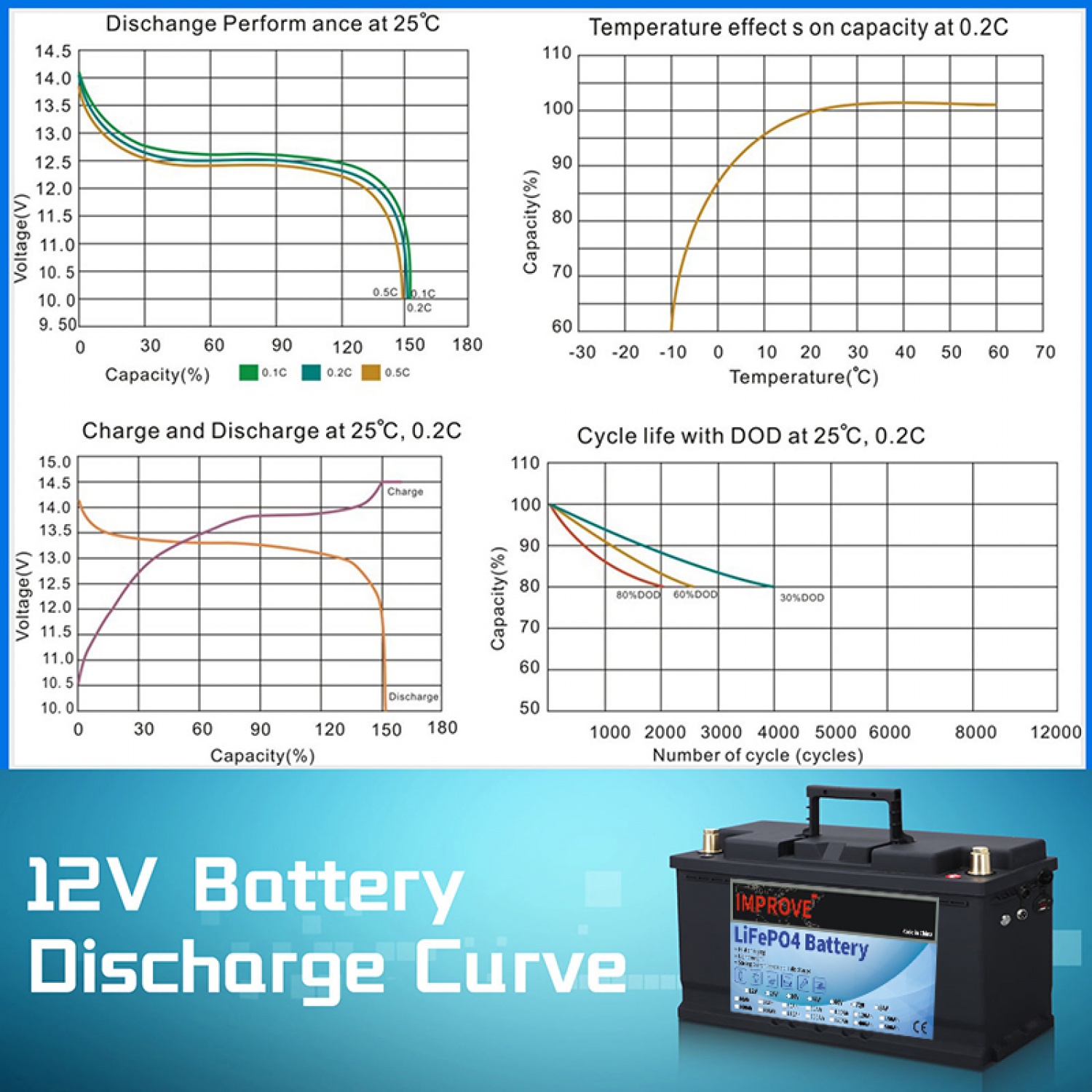People are born, old, sick, and die. Lithium batteries have production, use, decay and waste. Lithium batteries will eventually have to be scrapped for a day when they cannot be used again. People call this phenomenon the life of lithium batteries. People have determined the limit of life since the day they were born, and this cannot be changed. However, whether people’s daily living habits can be scientifically determined to extend the length within this limit; lithium batteries have also been extended since the moment they went offline. With an upper limit of life, similarly, whether the lithium battery is used and maintained scientifically determines the length of the lithium battery within its upper limit of life. This length is expressed by the charge-discharge cycle. Different types of lithium-ion batteries have different natural life spans (that is, the theoretical charge-discharge cycle). For convenience, we use the most commonly used mobile phone lithium battery to illustrate this.
A saying that people often hear is that the life of a lithium battery is "500 times". The "time" in the principle of a lithium battery refers to the cycle life, which is a complete charge and discharge cycle. The test method in the industry is: discharge Depth × charge times = cycle life, the depth of discharge is 80% in terms of value, at least 625 charge and discharge times, that is, 80% × 625 = 500 (times). The depth of discharge refers to the percentage of the battery's rated capacity that the battery discharges during its use. The reason why 80% depth of discharge is used is because the depth of discharge is closely related to the charging life. If the depth of discharge is too large, the battery life will be shortened. In our daily use of mobile phones, when the mobile phone warns that the battery is too low, it will start charging. Therefore, a cycle life of 500 times is the theoretical life of a lithium battery.
Since people cannot fully pay attention to the problem of timely charging, the theoretical life of a lithium battery on a production line, tested by the manufacturer under test conditions, may not be reached by your battery, but for your battery. : Actual number of charging times × depth of discharge = actual battery life. After the concept of cycle life is clarified, we can distinguish it from what sellers/consumers call "charge ××× times" and "charge × years".
The number of rechargeable times marked on the sold appliances or batteries is based on the 80% depth of discharge. Therefore, when someone hears the phrase "500 times", they think that the battery must be discharged before charging. This idea is unscientific in theory and wrong in practice. Doing so will cause the battery to be overcharged or overdischarged. The structure was destroyed prematurely, which shortened the service life of the lithium battery.
Another common phenomenon is that mobile phone manufacturers usually make a promise to use the battery for several years and a one-year warranty. This promise actually comes from the battery manufacturer. As mentioned at the beginning of this article, how many years can lithium batteries actually be used? It is closely related to the correct use of lithium batteries. In addition to the specified depth of discharge (that is, anti-overdischarge) and anti-overcharge, there are some factors that affect the service life of lithium batteries, such as the current and voltage, and the temperature of the environment. , Battery retention when idle, etc. It should be pointed out that the natural life of lithium batteries has an upper limit after all. The method we usually say "to extend the life of lithium batteries" actually means that through the correct use and maintenance of lithium batteries, lithium batteries can release more The energy that can be released.









